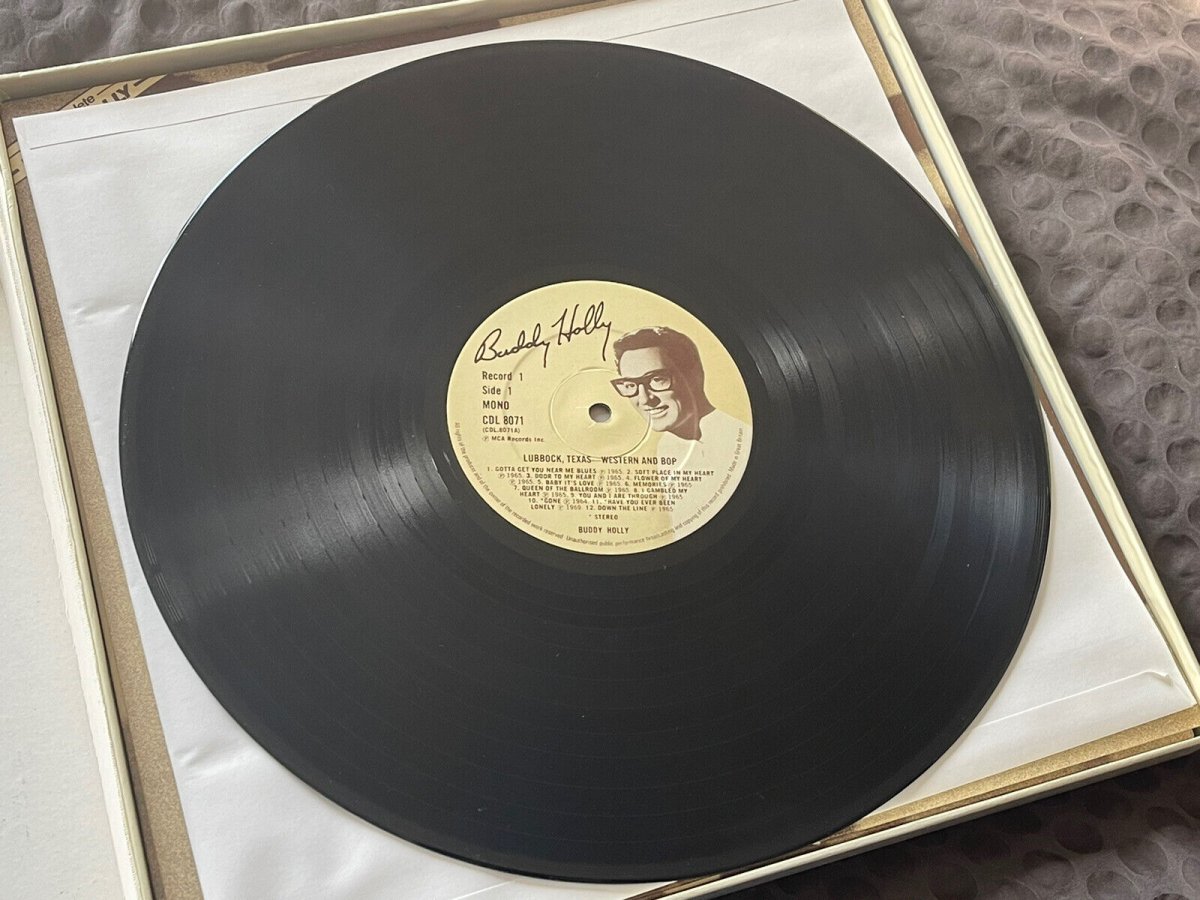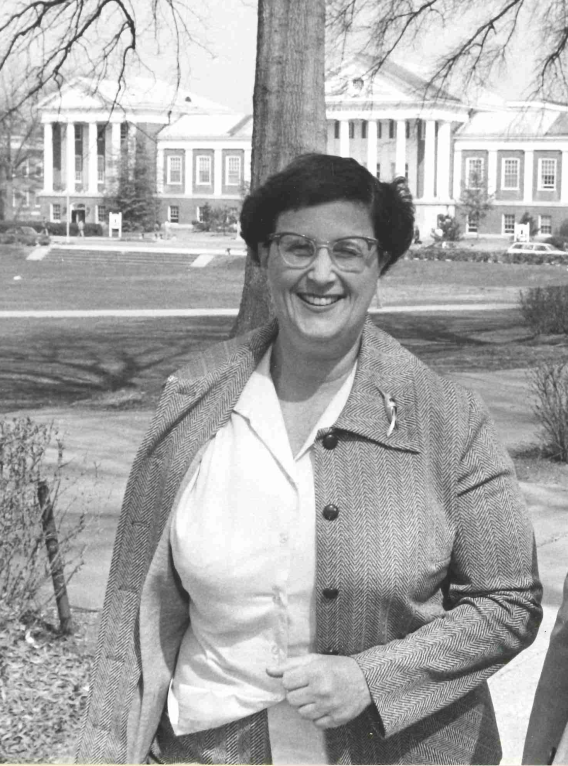Communications + Technology = (accelerated) Change

In high school, I was a full-fledged band geek, and not at all interested in computers, IT or anything of the sort. However, I do recall in my History of Western Civilization class hearing about Moore’s Law, or what was later described as a precursor to ‘accelerating change,’ for the first time. Surprisingly, that stuck with me as I finished high school and went on to complete a bachelor’s in music and then a master’s in Arts and Non-Profit Management. Given that the trajectory of my career has managed to land me at CBI, I’m grateful for that lesson and how it informs and directs what I do at the Institute.
Managing communications and the website for both CBI and our parent unit of History of Science, Technology and Medicine, I need to keep up to date on the latest platforms, databases and issues affecting the transmission of communications across many channels. You will see that we are now utilizing a Drupal-based website (with frequently updated and more navigable webpages), social media and the email platform Mailchimp as primary forms of communication to stakeholders. My personal favorite the CBI Image of the Day via our Twitter account that Director Jeff Yost started doing earlier this year.
Technology has certainly had an impact on how we handle our oral histories interviews. Although the COVID19 pandemic had a lot to do with the change, Dr. Yost no longer needs to hop a plane and perform an interview in person. He can simply send out a Zoom link to a colleague in Europe and have just as interesting of a conversation as before. These changes make it much easier as well to create and store the transcripts. We don’t need to maintain paper files and researchers don’t always need to visit CBI to check out a transcript. Everything is digitized and quickly available via the CBI website.

We’ve also working to create additional online exhibits as part of our mission to be and remain accessible. The introduction of ArcGIS StoryMaps has helped launch several projects and stories across the University of Minnesota. I used this platform to put together our most recent on-line exhibit, "Candid Photos of Computer Scientists" featuring images throughout the 1970s and early 1980s from computer conferences, lectures and colloquia, all taken by Ben Shneiderman.
As an Institute which tracks technology and its history, we want to ensure we practice what we preach; marking the many changes of and impacts on ourselves and society as technology pushes us forward sometimes not always in a direction we anticipate or want to go in. And as the ‘Law’ reminds us, once we get comfortable with one form of technology, it will quickly be replaced with another. Except in the case of vinyl records, those can never be replaced!
Melissa J. Dargay